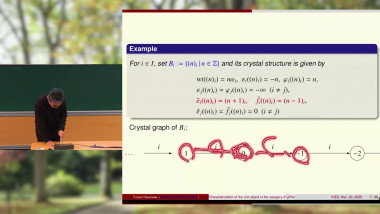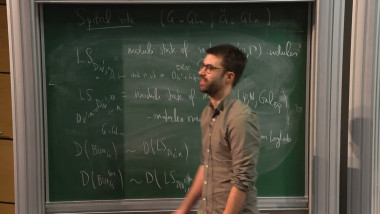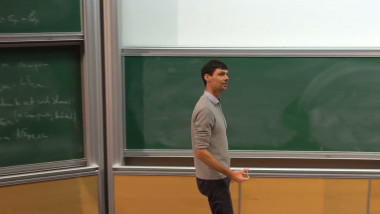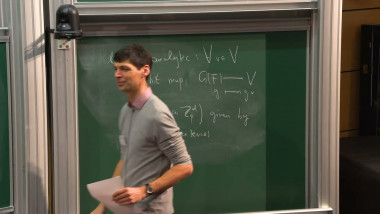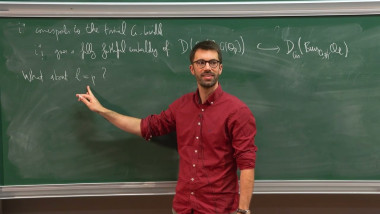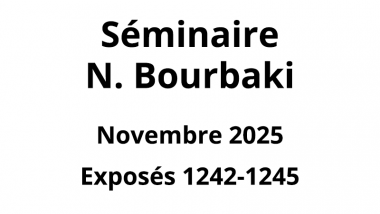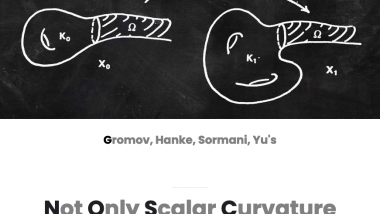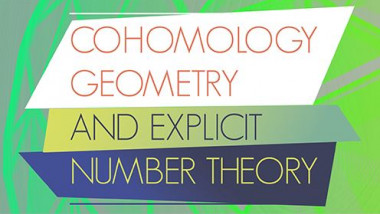Apparaît dans la collection : 2025 - T1 - WS3 - Analysis on homogeneous spaces and operator algebras
This talk is related to the relative Langlands' program, which aims to extend the classical Langlands' program to spherical varieties. In the classical case, a well-known trace Paley-Wiener theorem was given by Bernstein, Deligne and Kazhdan in 1986. It gives a characterization of the functions
$$\pi \mapsto \mathrm{Tr}(\pi(f)),$$
with $G$ a reductive $p$-adic group, $\pi$ ranges over isomorphism classes of smooth irreducible representations of $G$ and $f \in C_c^\infty(G)$. We will explain how to extend this to the relative case. That is when $E/F$ is a quadratic extension of $p$-adic fields, the theorem is a scalar Paley-Wiener theorem for relative Bessel distributions on $\mathrm{GL}_n(F)\backslash \mathrm{GL}_n(E)$. These distributions are relative character of the form
$$\pi\mapsto I_\pi (f), \ f\in C_c^\infty(\mathrm{GL}_n(E)),$$
as $\pi$ ranges over $\mathrm{GL}_n(F)$-distinguished irreducible tempered representations, and are constructed from a $\mathrm{GL}_n(F)$-invariant functional and a Whittaker functional. We will explain how by using the local Langlands correspondence, and the base-change from a unitary group, the relative characters can be described as elements of the "generic" Bernstein center of the unitary group $U(n)$.
